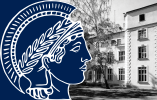Overview of Current Research Activities
Massimiliano Badino
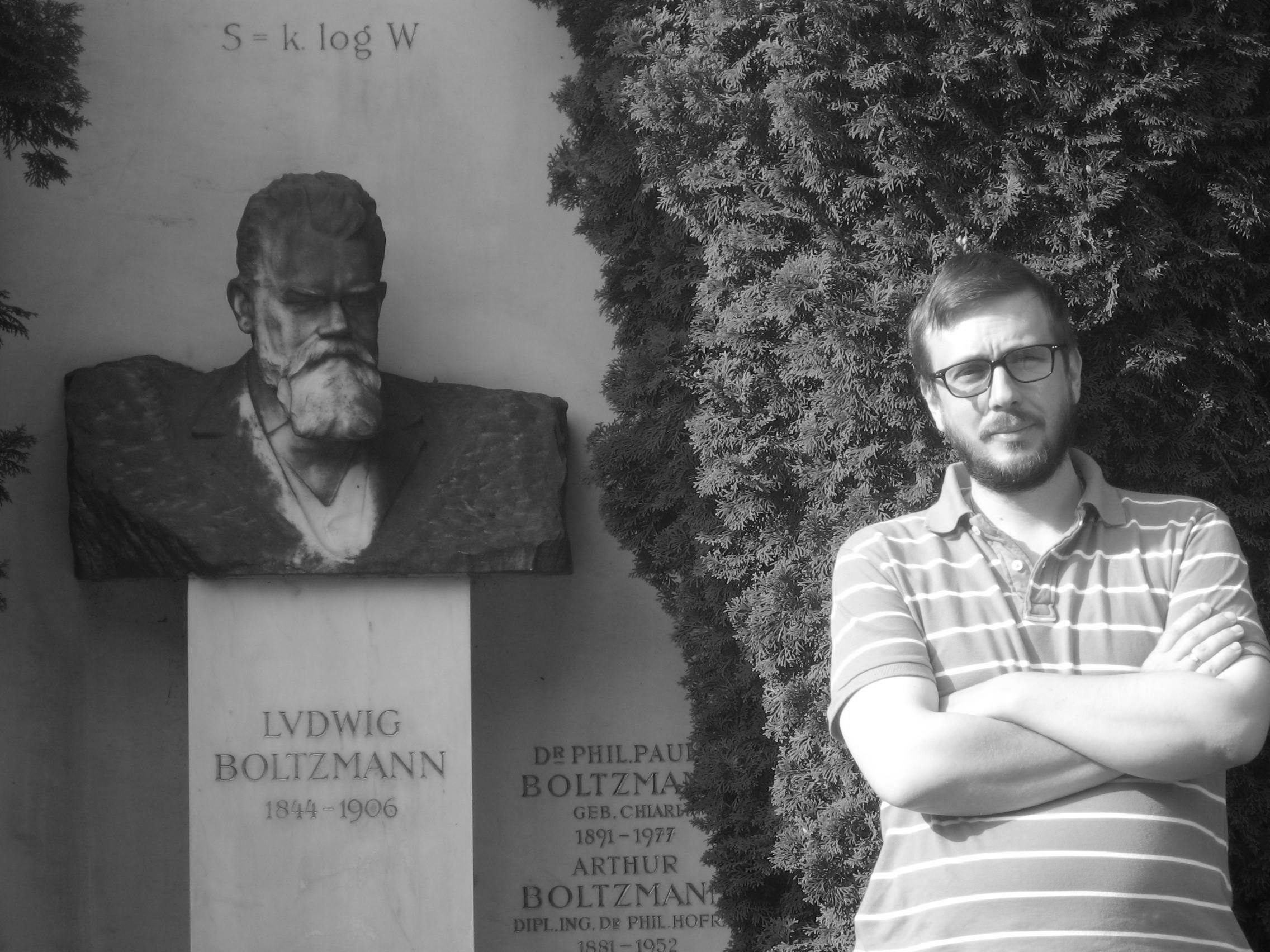
Massimiliano Badino
Massimiliano Badino investigates the interactions between statistical mechanics and old quantum theory and looks at how these interactions influenced the emergence of wave mechanics. There are two main foci of his research: first the transformation of classical statistical physics in Planck’s black-body law and in early radiation theory (1900–1913); second the application of the quantum hypothesis to solid-state, gas theory and physical chemistry (1911–1925). While the first part focuses explicitly on Planck, the second one shifts emphasis to the collective and interdisciplinary effort to combine the shared knowledge on thermodynamics, kinetic theory, physical chemistry, and statistical mechanics with the new quantum hypothesis. The ensuing debates have presented a multitude of voices, approaches, views, and sometimes dead ends that have contributed to the complex dynamics of knowledge leading to quantum mechanics.
Alexander Blum
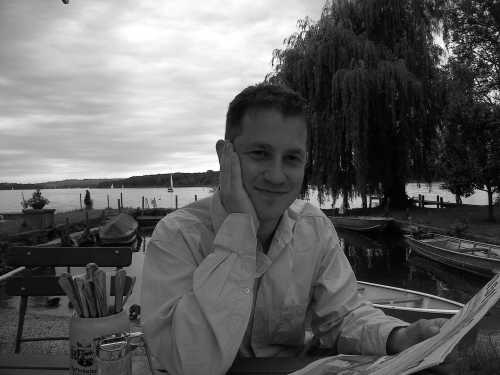
Alexander Blum
Alexander Blum is working on the conceptual history of the light quantum hypothesis, starting from its first formulation by Einstein in 1905 to its widespread acceptance in the early 1920s and its influence on the early formulations of quantum mechanics and quantum electrodynamics. He is also working on the early history of quantum field theory, analyzing the variety of different formulations brought forth in the 1930s, both of quantum electrodynamics and also of hole theory in the wake of the discovery of the positron, with the first attempts at regularization and renormalization to remove the intrinsic infinities. Another area of research is the history of the attempts to quantize gravity and their relation to parallel developments in other quantum field theories.
Arianna Borrelli & Bretislav Friedrich
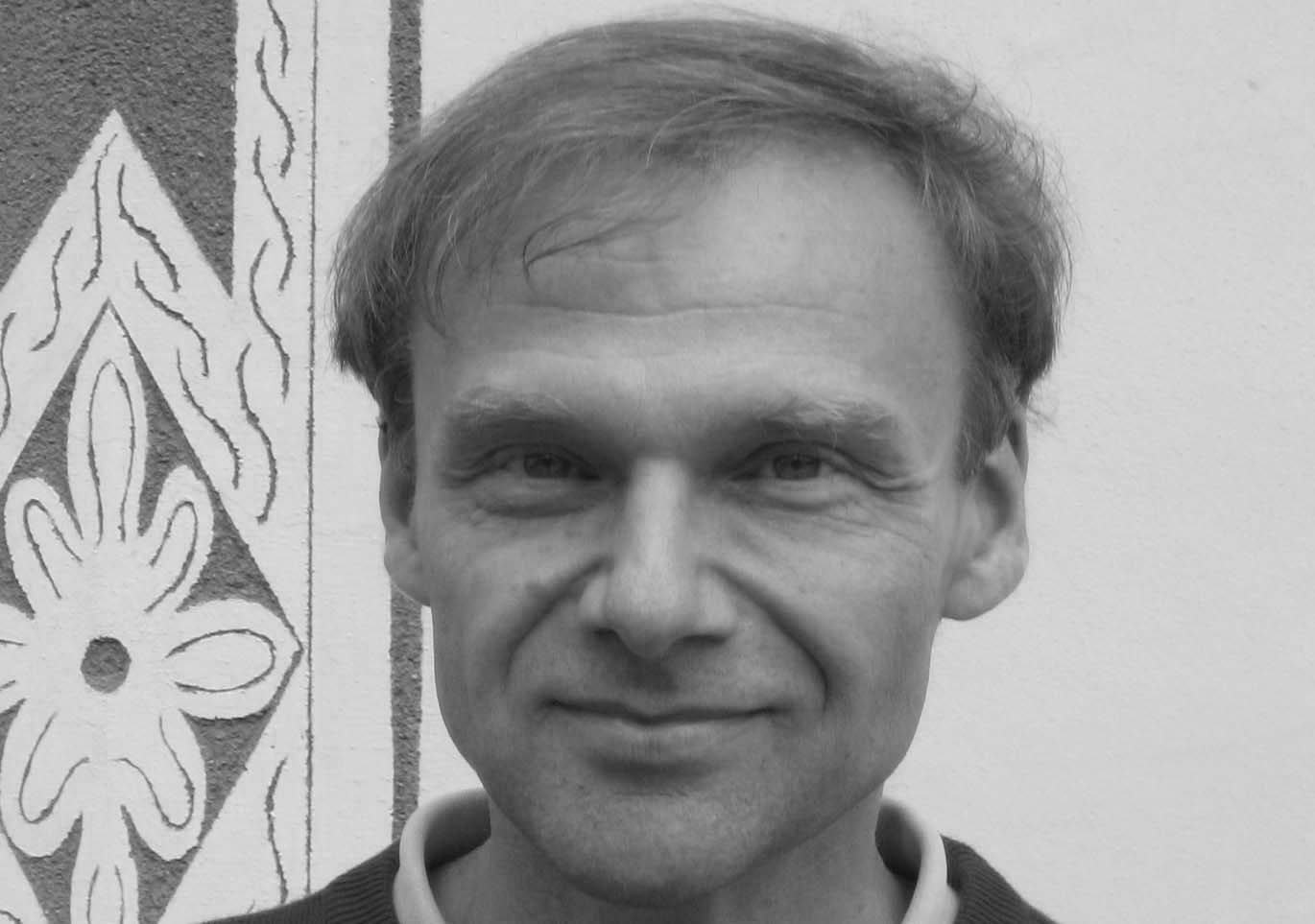
Bretislav Friedrich
Group theory and the new definition of a “conserved quantity”
From late 1926 onward, group-theoretical considerations were employed to interpret the selection rules gleaned from the spectra of atoms and molecules in terms of the symmetries of the corresponding “equations of motion.” The working hypothesis of the present research project is that the encounter between group theory and the old-quantum-theoretical notion of a “selection rule” had a profound and long-lasting impact on the physical content of quantum theory. This encounter enabled a new definition of some concepts of classical physics (e.g., of angular momentum) and fostered the introduction of new quantities, such as parity, which were altogether absent in classical mechanics.

Olaf Engler
Olaf Engler
Olaf Engler’s research project aims at investigating the relation between the emergence and development of quantum physics and scientific philosophy in the first three decades of the 20th century. The main task is to focus on the two central figures of scientific philosophy: Hans Reichenbach and Moritz Schlick. Ongoing activities include the publication of selected parts of the literary estate of Hans Reichenbach and Moritz Schlick through the ECHO platform and research on the epoch-making change in scientific philosophy as a consequence of both the quantum and the relativity revolution. This opens up new vistas on historical epistemology.
Maja Fjaestad
Dreams of the Fast Breeder: Technology and Utopia in Swedish Nuclear Power History
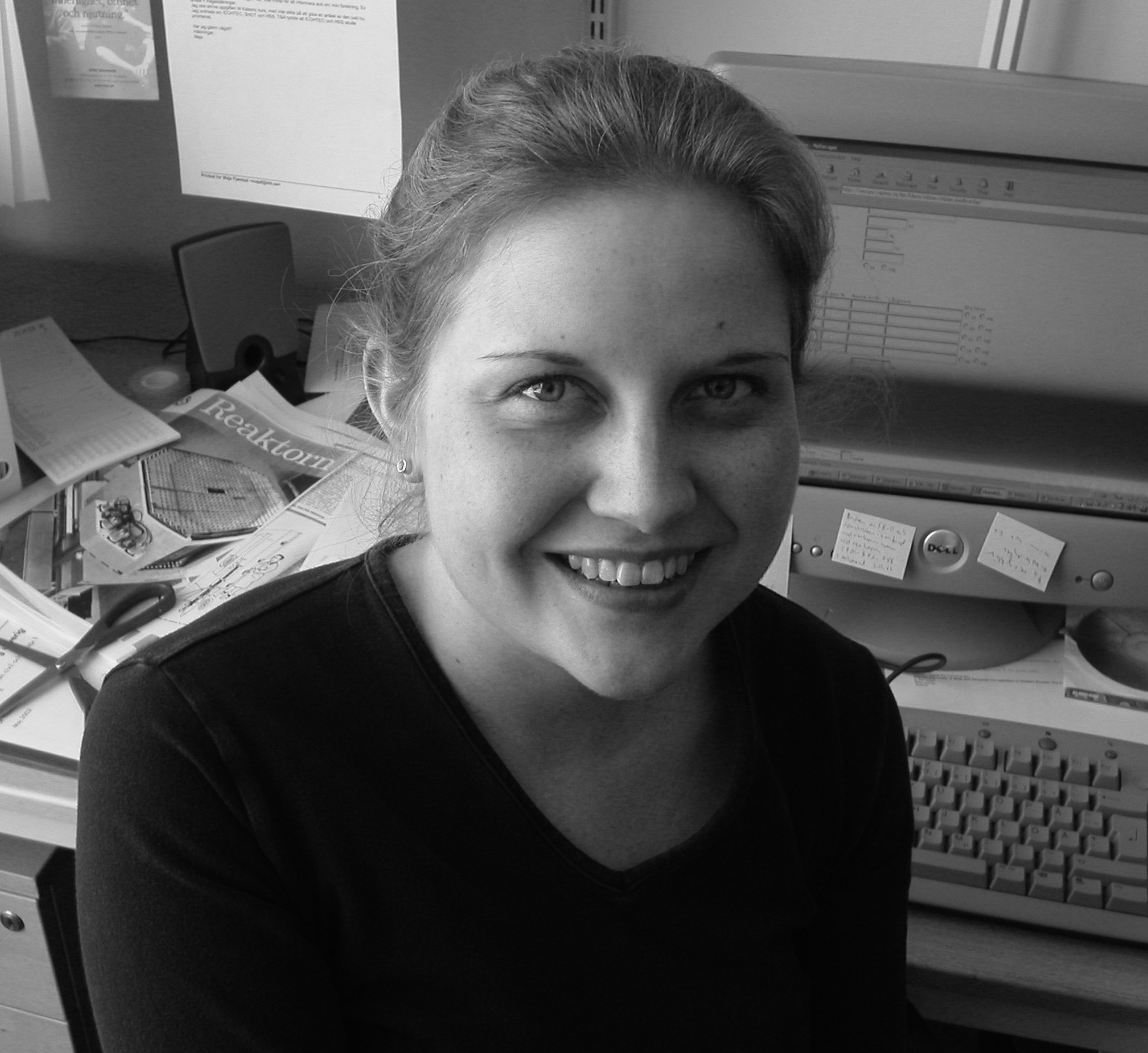
Maja Fjaestad
Maja Fjaestad’s focus is the discussion about breeder reactors in Sweden, a program with both political, economical and military implications. Sweden had advanced plans on developing breeder reactors and eventually a plutonium production. The breeder reactor was in the 1950ies seen as a technology of the future, and also as a solution to the domestic energy problems. She looks at how the visions of the fast breeder reflected on the contemporary nuclear power development, as well as at the process in which the breeder transformed from a 'technology of the future' to a potential security threat.
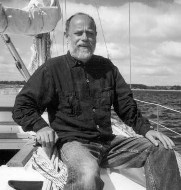
Dieter Hoffmann
Dieter Hoffmann
Dieter Hoffmann is working on the interaction between the institutional and scientific development in quantum physics, in particular the institutional background of quantum research in Berlin (University of Berlin, Imperial Institute, Haber Institute). In this context he is also investigating the experimental background of the early history of quantum physics. Furthermore he is writing a scholarly biography on Max Planck.
Martin Jähnert
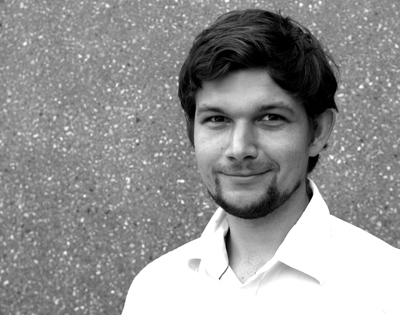
Martin Jähnert
Martin Jähnert studies the early debates on the interpretation of quantum mechanics, focusing on the notion of Anschaulichkeit and the interplay between the developing theory and attempts to interpret it on general epistemological grounds. From this perspective, the interpretational debate can be seen as a reflection on the role of pictures and models within the research process. The study attempts to clarify how physicists dealt with the methodological and epistemological challenges arising in the development of quantum mechanics as a theory and theoretical physics as a discipline.
A second focus of Jähnert’s research is the role of the correspondence principle in the old quantum theory. By studying the multiple uses of the correspondence principle in different fields of research (e.g. intensities of spectral lines, dispersion etc.) it can be understood how the correspondence principle became fruitful in the development of quantum theory and how it eventually shaped matrix mechanics.
Jeremiah James
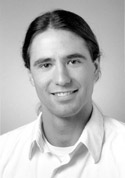
Jeremiah James
Jeremiah James studies the interplay between the development of quantum physics and chemical investigations of atomic, molecular, and crystal structure. His recent research topics include Linus Pauling’s attempts to integrate quantum mechanics with techniques for modeling molecular and crystal structures, and the development of new theories of x-ray diffraction and crystal structure in the early twentieth century within the overlapping research communities of x-ray crystallography and quantum physics. At present he is working on a history of the Fritz-Haber Institute, through which he hopes to add a comparative perspective to his earlier research on the opening years of the chemistry division at the California Institute of Technology, in light of the prominent contributions that researchers nurtured by both institutes made at the intersection of chemistry and quantum physics during the 1920s and early 1930s.
Michel Janssen
Michel Janssen (together with Tony Duncan, theoretical physicist at the University of Pittsburgh) is working on:
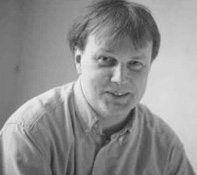
Michel Janssen
(1) dispersion theory from the old quantum theory to quantum mechanics (this should result in a sequel to our "On the verge of Umdeutung …");
(2) Jordan's version of what is best known as Dirac transformation theory (initial results were presented at HQ2).
As in Janssen's earlier work on relativity, the focus is on tracing changes in the general conceptual framework used to account for physical phenomena.
Dispersion theory is of special interest from this perspective because it provided the main impetus for Heisenberg's Umdeutung (reinterpretation) of
concepts and relations in classical mechanics for a new quantum mechanics. So is Jordan's transformation theory as that was an important contribution
to the consolidation and unification of various preliminary and partial quantum schemes that eventually gave us the canonical Hilbert space formalism of
modern quantum mechanics.
Christian Joas
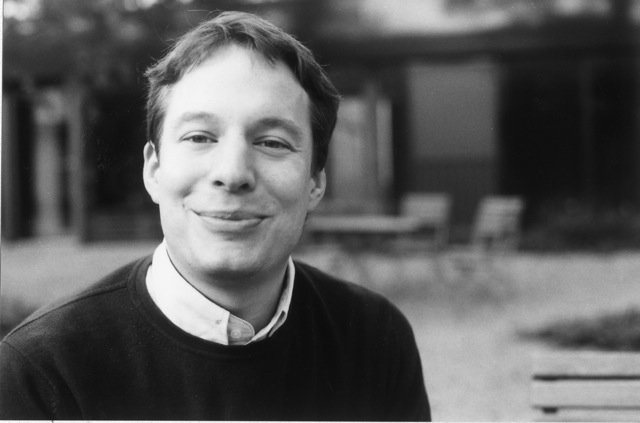
Christian Joas
Christian Joas studies the genesis of Erwin Schrödinger’s wave mechanics based on a large number of unpublished sources such as research notebooks, letters, and lecture notes. Together with Christoph Lehner and Jürgen Renn, he aims at clarifying the role of the classical tradition in Schrödinger's work, taking as a point of departure the role of Hamilton’s optical-mechanical analogy in Erwin Schrödinger’s research program.
A second focus of Joas’ research is the advent of quantum field theoretic methods in solid-state physics in the 1950s. Key notions (quasiparticles, collective excitations, symmetry breaking) and methods (diagrammatic perturbation theory, renormalization) of modern condensed matter theory emerged from the transfer of methods from quantum electrodynamics and quantum field theory to quantum statistical mechanics. He studies their origins in particle physics, their formulation and transformation within condensed matter contexts, and their far-reaching heuristic and ontological consequences within the nascent field of solid-state physics.
Other areas of research include the history of computational materials science and first-principles methods as well as the origins of the emergence-reductionism-debate in postwar physics.
Marta Jordi
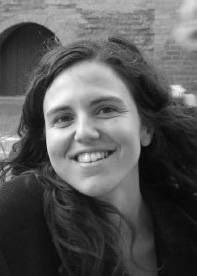
Marta Jordi
Marta Jordi is working on the history of optical dispersion, from classical to quantum physics, focusing on a deeper understanding of the interaction between the emerging quantum theory and inherited classical knowledge. Jordi does this from the historical-epistemology perspective of long-term developments, by analyzing the relation between experimental data and theoretical insights for the period between the late 19th century and the 1920s.
From this angle, optical dispersion is a good object of study as it constitutes a borderline problem between theories of light and matter. This means that a good understanding of the phenomenon requires a model of both as well as of their mutual interaction, a challenging task that has allowed optical dispersion to play a central role in developments of physics, and, specifically, in paving the road from classical physics to matrix mechanics.
Edward Jurkowitz
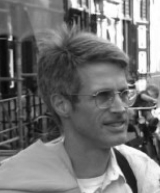
Edward Jurkowitz
Edward Jurkowitz is studying how changing forms of calculation and computation have shaped research practice in solid state physics. We are studying how physicists’ understanding of the systems and phenomena they explored changed as they increasingly shifted from pen-and-paper to mechanical and electronic forms of computation. We examine how in the post-1945 era physicists organized themselves into new groupings, with some pursuing qualitative understanding based on pen-and-paper calculations, and others pushing forward a computational program aimed at material-specific predictions of basic quanitites and properties such as energy band structures. More generally, we are studying how forms of physical argument and standards of precision have changed as the computational context has changed. This project is being carried out in collaboration with Volker Blum and Christian Joas.
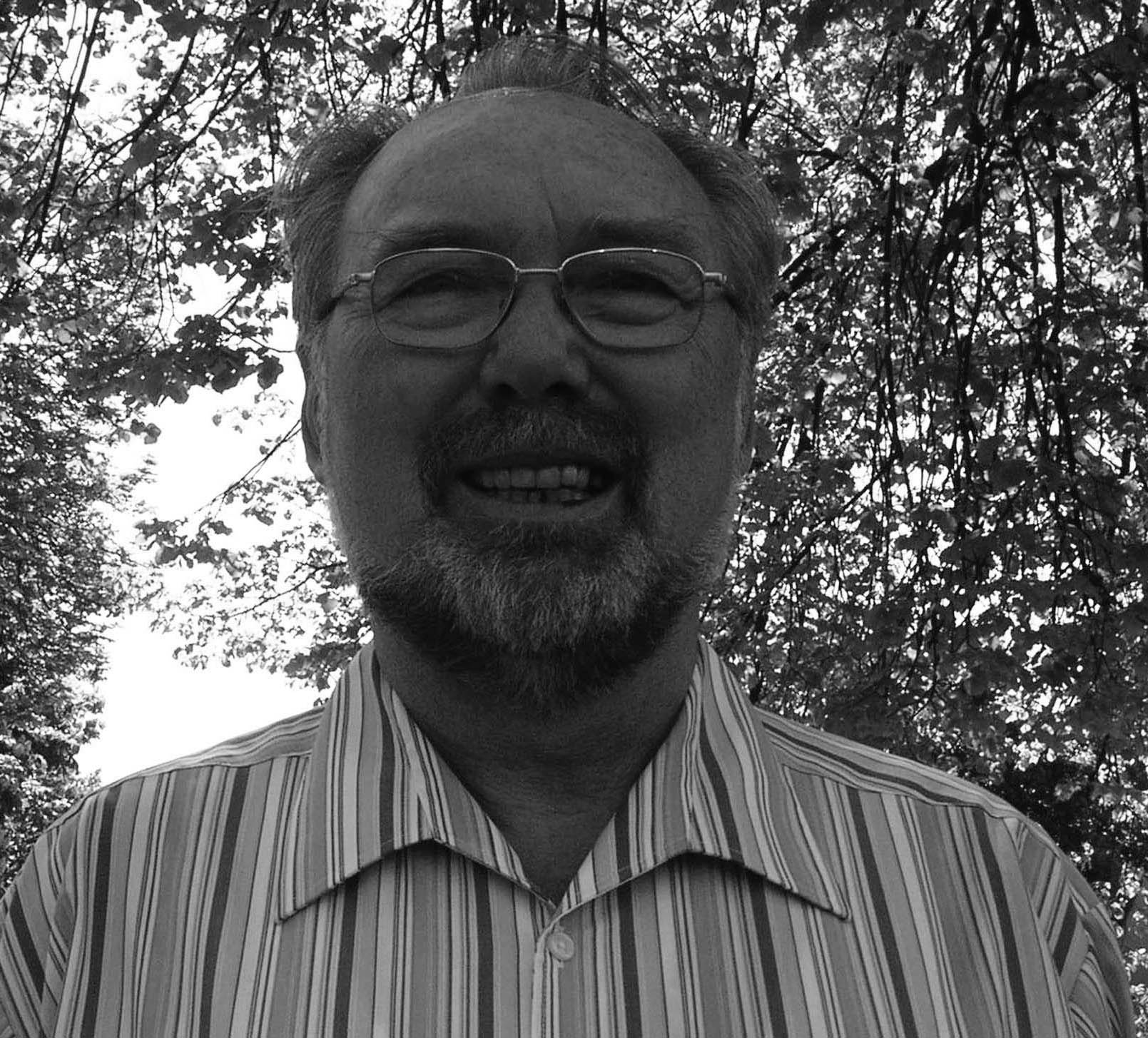
Horst Kant
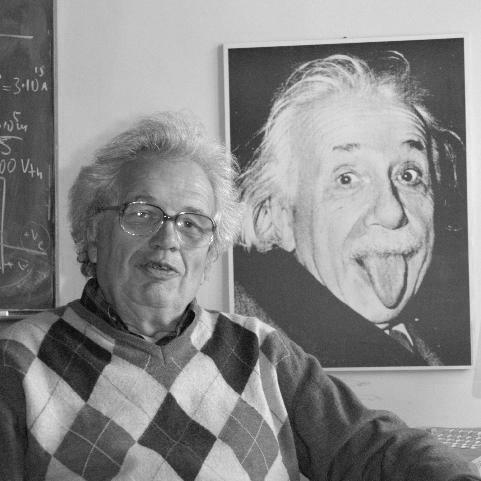
Dieter Fick
Horst Kant & Dieter Fick (FHI, Uni Marburg)
In 2008 the research project focused mainly on Walther Bothe’s contributions to the particle-wave dualism of light (1923–1926). In 2009 this topic will be brought to a conclusion by exploring Bothe’s role in “understanding” the energy variance of black body radiation, taking into account the discussions of leading figures of the time, such as Jordan, Laue, Einstein, as well as those of current historians.
At the end of 1926 Bothe abruptly ceased his activities on light quanta. An attempt will be made to trace his reasons for doing so.
These may include, for example, the crisis of quantum electrodynamics and the appearance of more compelling topics such as nuclear physics or cosmic rays. The results will also help to understand the reasons for the decline in the 1930s of activities dealing with quantum electrodynamics.
Shaul Katzir
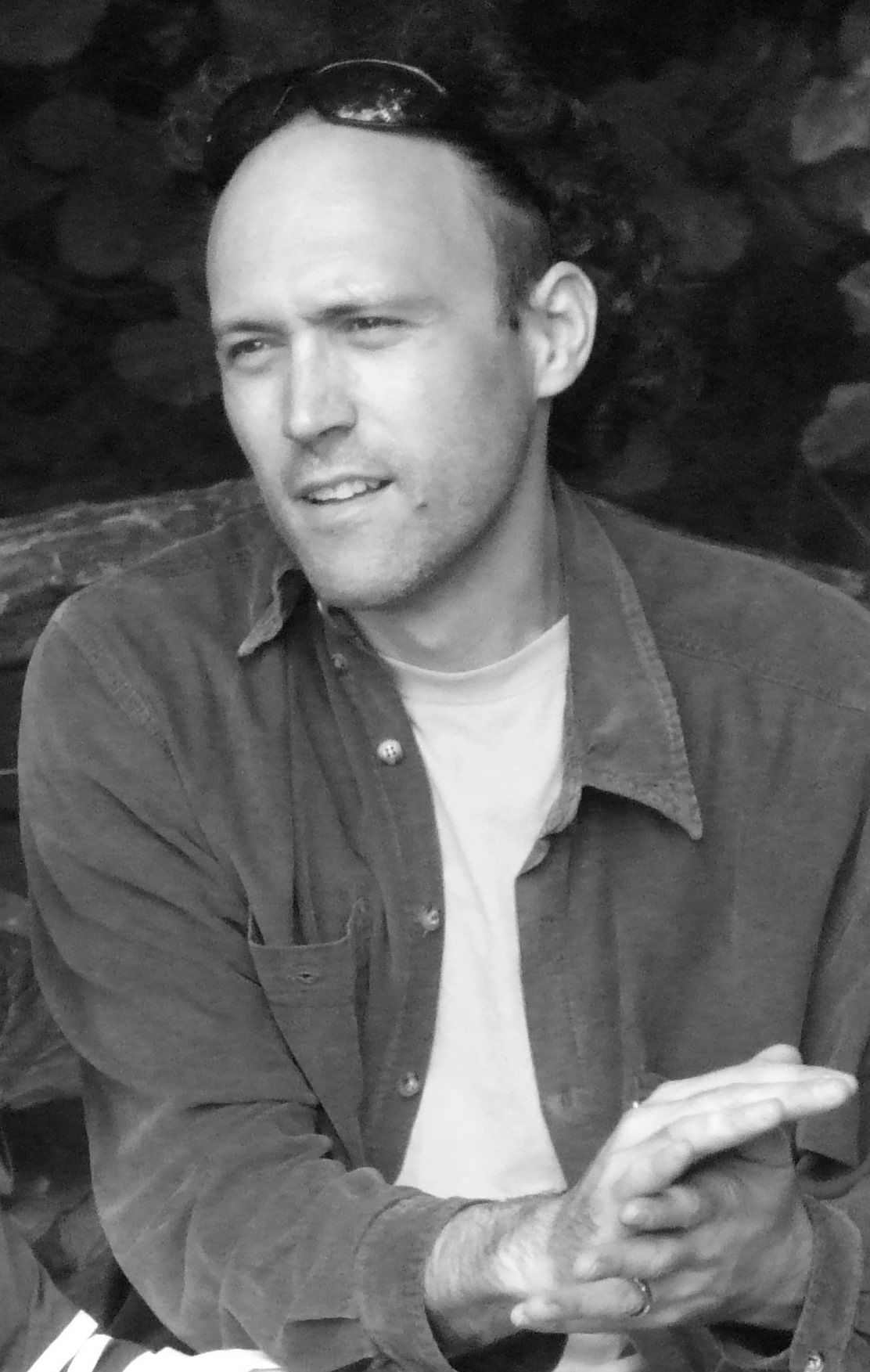
Shaul Katzir
Shaul Katzir studies the early technological application of piezoelectricity and its subsequent scientific study during World War I and the 1920s, that is, around the time the old quantum theory was replaced by new quantum mechanics.
However, quantum mechanics had virtually no influence on the study of piezoelectricity. Despite sporadic attempts to introduce quantum assumptions, theories of piezoelectricity remained mostly phenomenological. Even the few novel atomistic theories that did emerge did not employ quantum concepts. Together with other members of the group, Katzir examines the relations between these theories and the development of statistical and quantum concepts and the origins of solid-state physics.
Christoph Lehner
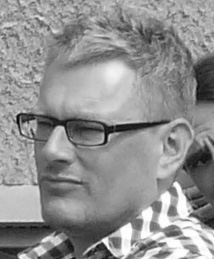
Christoph Lehner
Christoph Lehner is currently working on three main topics:
(1) The development and theoretical roots of wave mechanics. This includes a study of the research notebooks of Erwin Schrödinger, undertaken with Christian Joas and Jürgen Renn.
(2) Albert Einstein’s interpretation of quanta and his critique of the Copenhagen interpretation.
(3) The early history of quantum field theory and its physical interpretation, especially the project of a unified quantum field theory of Pascual Jordan.
Daniela Monaldi
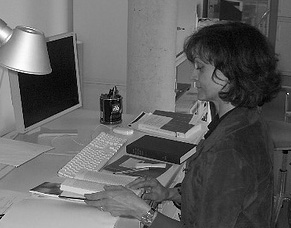
Daniela Monaldi
The early history of Bose-Einstein statistics is being studied in connection with the emergence of quantum mechanics. Of primary concern is the completion of a paper on the role of the concept of indistinguishable particles in the separation of quantum statistics from classical statistical mechanics. In the longer term, a reconstruction is being undertaken of the genesis and systematization of Bose-Einstein statistics. One of the aims is to clarify the relations between quantum-statistical theory and models of experimental systems, as for example aggregates of bosons, systems undergoing phase transitions, and Bose-Einstein condensates.
Jaume Navarro
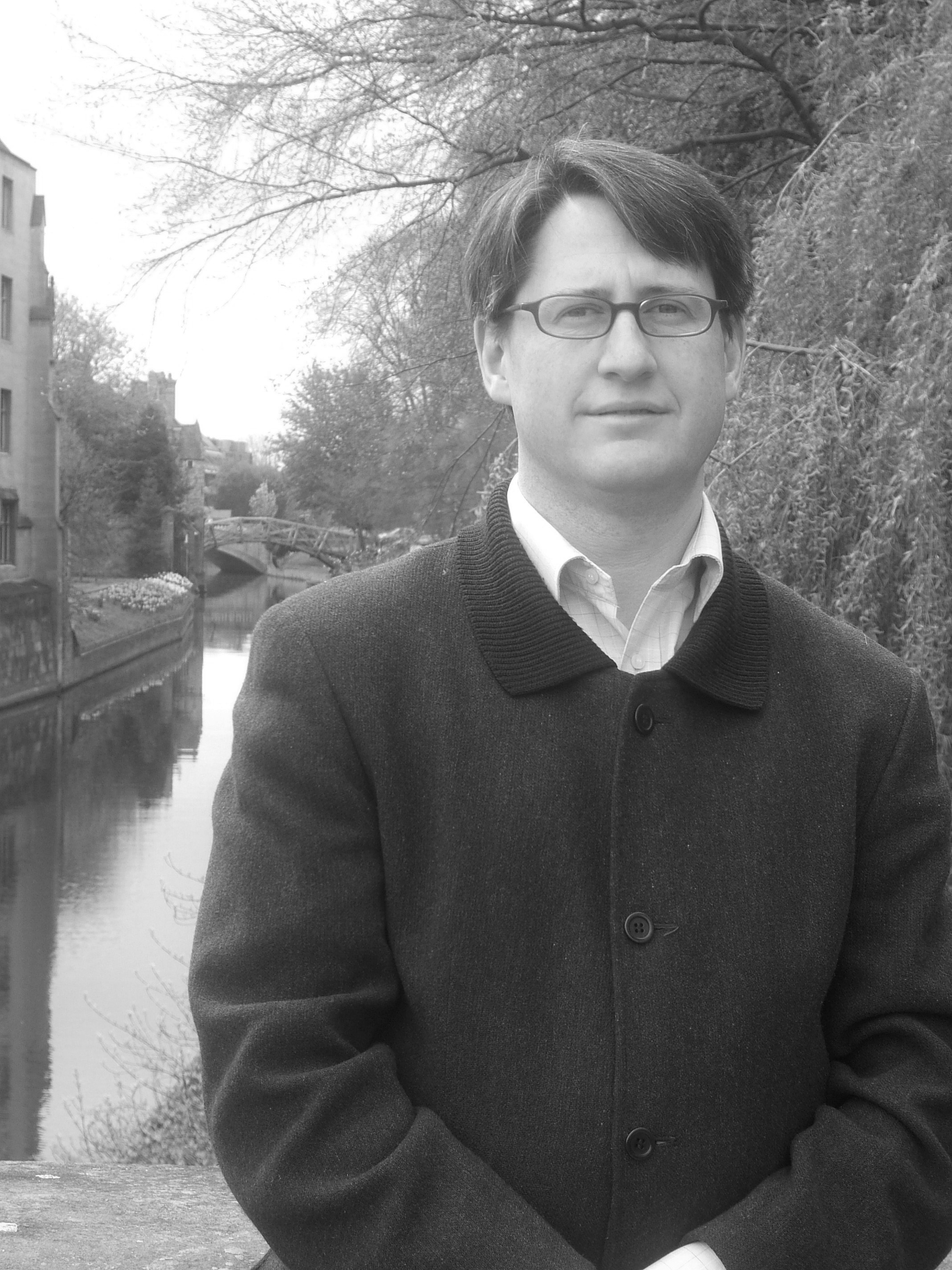
Jaume Navarro
Jaume Navarro is currently working on the reception and developments on the early quantum mechanics in the United Kingdom. Following the historiographical approach Andrew Warwick in Masters of Theory (Chicago, 2003), this project tries to analyse to what extent the milieu in the university of Cambridge before the Great War determined (or, at least, influenced) the way people such as Charles Galton Darwin, George Paget Thomson and Ralph Howard Fowler understood, developed and explained quantum mechanics in the late 1920s and early 1930s. Of particular significance for this history are the experiments on electron diffraction by G.P. Thomson in 1927.
Arne Schirrmacher
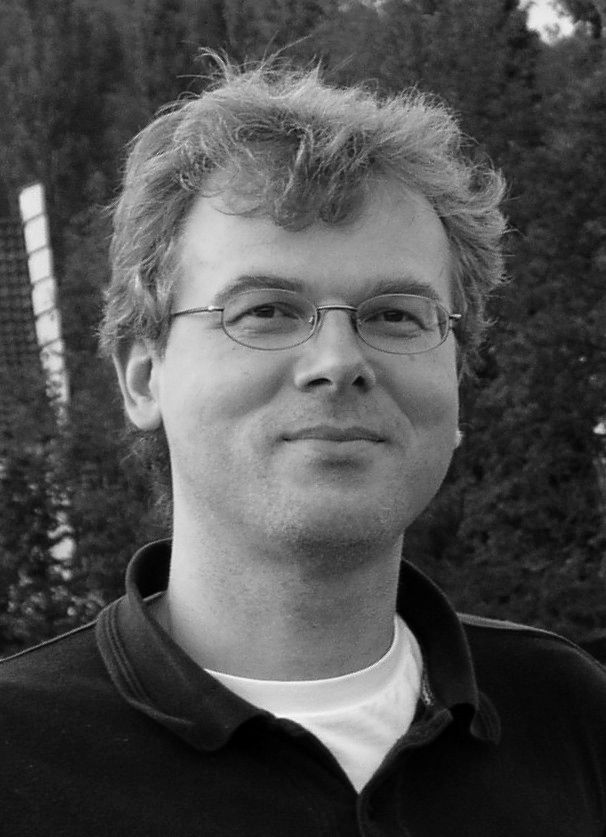
Arne Schirrmacher
The Emergence of Modern Physics in the Public Sphere
As part of a wider research effort on science communication and the changing relation between science and the public in the 20th century, the current project focuses on the role of the public in shaping the concepts, notions and models in quantum physics. Drawings and three-dimensional exhibits of the Bohr atom are considered and the ambivalence of the physicists towards them and the negotiation process in popular science journals analyzed. Of particular interest is also how calculation methods of ballistic and celestial mechanics were applied to these models, whether they served as “proof” of its adequacy, and how they were re-interpreted after the inception of quantum mechanics.


